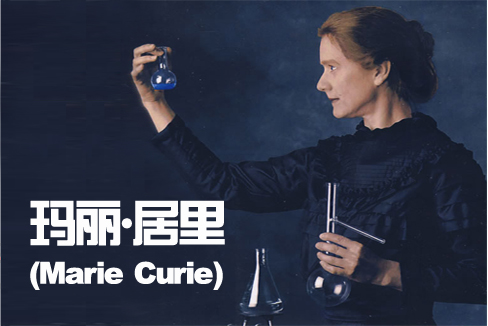Kelvin died in 1907. That year also saw the death of Dmitri Mendeleyev. Like Kelvin, his productive work was far behind him, but his declining years were notably less serene. As he aged, Mendeleyev became increasingly eccentric—he refused to acknowledge the existence of radiation or the electron or anything else much that was new—and difficult. His final decades were spent mostly storming out of labs and lecture halls all across Europe. In 1955, element 101 was named mendelevium in his honor. "Appropriately," notes Paul Strathern, "it is an unstable element."
開爾文死于1907年。德米特里·門捷列夫也在那年去世。和開爾文一樣,他的累累成果將流芳百世,但他的晚年生活顯然不大平靜。隨著人越來越老,門捷列夫變得越來越古怪——他拒不承認放射現象、電子以及許多別的新鮮東西的存在——也越來越難以相處。在最后的幾十年里,無論在歐洲什么地方,他大多怒氣沖沖地退出實驗室和課堂。1955年,第101號元素被命名為鍆,作為對他的紀念。“非常恰當,”保羅·斯特拉森認為,“它是一種不穩定的元素。”

Radiation, of course, went on and on, literally and in ways nobody expected. In the early 1900s Pierre Curie began to experience clear signs of radiation sickness—notably dull aches in his bones and chronic feelings of malaise—which doubtless would have progressed unpleasantly. We shall never know for certain because in 1906 he was fatally run over by a carriage while crossing a Paris street.
當然,放射現象實際上在不停地發生,以誰也估計不到的方式發生。20世紀初,皮埃爾·居里開始出現放射病的明顯癥狀——骨頭里隱隱作痛,經常有不舒服的感覺——那些癥狀本來肯定會不斷加劇。但是,我們永遠也無法確切知道,因為他1906年在巴黎過馬路時被馬車撞死了。
Marie Curie spent the rest of her life working with distinction in the field, helping to found the celebrated Radium Institute of the University of Paris in 1914. Despite her two Nobel Prizes, she was never elected to the Academy of Sciences, in large part because after the death of Pierre she conducted an affair with a married physicist that was sufficiently indiscreet to scandalize even the French—or at least the old men who ran the academy, which is perhaps another matter.
瑪麗·居里在余生干得很出色,1914年幫助建立了著名的巴黎大學鈾研究所。盡管她兩次獲得諾貝爾獎,但她從來沒有當選過科學院院士。在很大程度上,這是因為皮埃爾死了以后,她跟一位有妻室的物理學家發生了曖昧關系。她的行為如此不檢點,連法國人都覺得很丟臉——至少掌管科學院的老頭兒們覺得很丟臉。當然,這件事也許跟本書不相干了。












